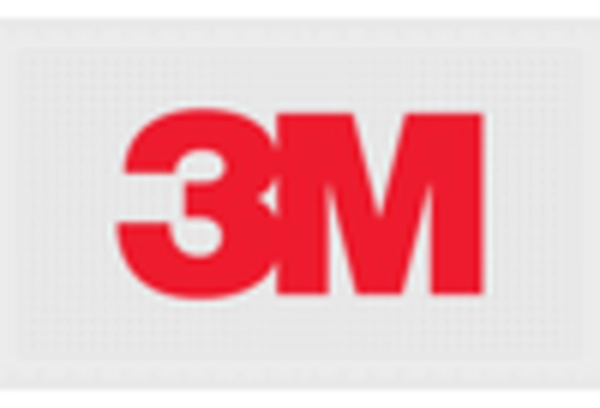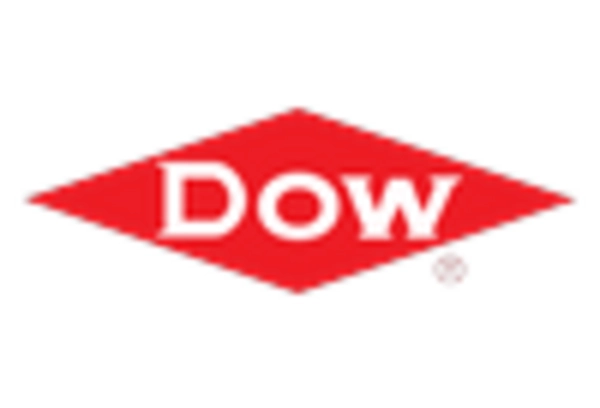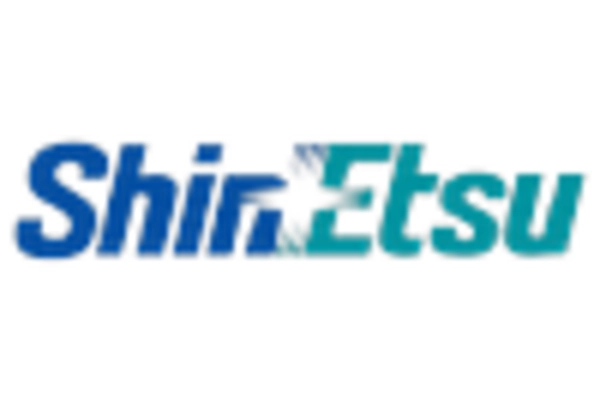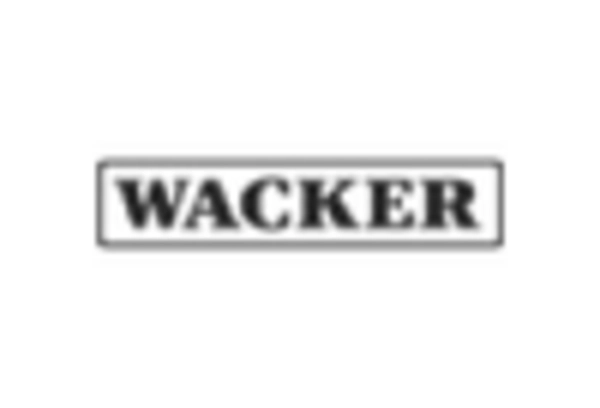Fluorosilicone Rubber Size
Fluorosilicone Rubber Market Growth Projections and Opportunities
The fluorosilicone (FVMQ) rubber market is influenced by various market factors that shape its supply and demand dynamics, technological advancements, regulatory landscape, and economic conditions. Firstly, the demand for fluorosilicone rubber stems from its unique properties, including high temperature resistance, excellent fuel and oil resistance, and durability, making it suitable for demanding applications in aerospace, automotive, electronics, and oil & gas industries. As these sectors continue to grow, driven by technological advancements and increasing demand for high-performance materials, the demand for FVMQ rubber rises correspondingly, driving market expansion. Fluorosilicone Rubber (FVMQ) is a modified silicone rubber formulated from fluorosilicone polymers that contain a (-Si-O-) repeating group on the polymer backbone. FVMQ exhibits excellent heat resistance, electrical conductivity, low-temperature flexibility, and excellent resistance to weather, ozone, and UV.
On the supply side, factors such as availability of raw materials, production capacity, and manufacturing processes play pivotal roles. The availability and cost of raw materials like fluorosilicone polymers and curing agents directly influence the FVMQ rubber market dynamics. Fluctuations in the supply or price of these raw materials can impact production costs and pricing strategies within the FVMQ market. Additionally, advancements in production technologies, such as improved polymerization techniques and formulation processes, contribute to enhancing supply chain efficiency and meeting market demands.
Regulatory policies and standards also significantly impact the fluorosilicone rubber market. Environmental regulations regarding product safety, quality standards, and compliance drive manufacturers to adopt sustainable practices and develop products that meet regulatory requirements. Compliance with these regulations not only ensures market access but also enhances consumer trust and brand reputation, particularly in industries where safety and performance are critical, such as aerospace and automotive.
Moreover, macroeconomic factors including GDP growth, industrial output, and consumer spending patterns influence the overall demand for FVMQ rubber and its downstream products. Economic fluctuations or changes in industrial activity can affect market growth, while increasing investments in sectors like aerospace and automotive can stimulate demand for FVMQ rubber products, driving market expansion.
Global market dynamics, such as trade policies, geopolitical tensions, and currency fluctuations, also play a crucial role in shaping the fluorosilicone rubber market landscape. Changes in global trade patterns, trade agreements, or geopolitical events can disrupt supply chains, alter market dynamics, and influence pricing strategies within the FVMQ market.
Furthermore, technological advancements and innovations continue to drive developments within the fluorosilicone rubber market. Research and development efforts aimed at improving material properties, enhancing manufacturing processes, and exploring new applications for FVMQ contribute to market innovation. For instance, the development of FVMQ compounds with enhanced chemical resistance or thermal stability addresses specific industry requirements and offers new opportunities for market growth and differentiation.

















Leave a Comment